Reuters | June 28, 2021 |
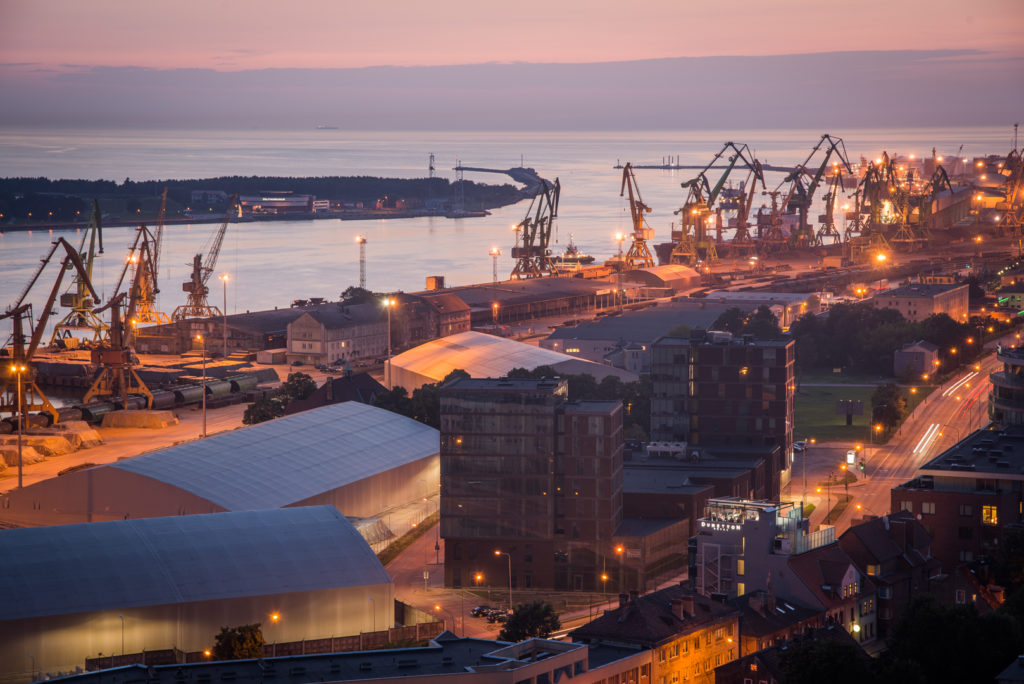
Port of Klaipėda. Credit: Wikipedia
The European Union’s ban on imports and transit of potash from Belarus will not affect most exports of the crop nutrient from the world’s top producer, provided the restriction stays in its current form, potash transporters and analysts said.

The curbs apply to Belarus Potash Company (BPC) which exports potash — Minsk’s main foreign currency earner — mostly via the Baltic port of Klaipeda in EU-member Lithuania.
But its main export product, namely potash with 60% potassium content, is not on the EU’s list of sanctioned items, the industry analysts pointed out.
In total, the sanctions imposed on Belarus potash have put limits on only about 20% of exports of the product transported via Lithuania, the head of Lithuanian Railways said on Friday.
About 11 million tonnes of Belarus potash crossed the Lithuanian border last year, with about 2.5 million tonnes falling under EU sanctions, Mantas Bartuska told reporters.
IN TOTAL, THE SANCTIONS IMPOSED ON BELARUS POTASH HAVE PUT LIMITS ON ONLY ABOUT 20% OF EXPORTS OF THE PRODUCT TRANSPORTED VIA LITHUANIA
Klaipeda port shipped almost 10.7 million tonnes of Belarus potash last year via a terminal 30% owned by Belaruskali.
The ban was part of wide-ranging EU economic sanctions against Belarus, a month after Minsk scrambled a warplane to force a Ryanair flight to land in order to arrest a government critic who was on the aircraft.
Brussels imposed sanctions on Belarusian potash with a potassium content of less than 40% or more than 62% in the dry product.
“The measures do not cover the key Belarusian potash export, potassium chloride, which is 40-62% K2O by weight, and accounts for 80% of the country’s supplies to the EU,” analysts at VTB capital said in a note.
The Russian Foreign Ministry said the broader EU sanctions were “unacceptable” and promised a helping hand to Belarus.
“Russia, together with Belarus, intends to closely coordinate measures needed for sustainable and sovereign development of the brotherly country,” ministry spokesperson Maria Zakharova said in a statement.
Commitments to customers
“It seems BPC can largely run unaffected,” analysts at BMO Capital markets said in a note.
Worries about possible damage to European agriculture from the sanctions on the fertilizer, as well as a wish to keep space for further pressure on Belarus, limited the scope of the sanctions on potash, two diplomatic sources told Reuters.
The sanctions on potash agreed by member states’ leaders are wider reaching than were initially proposed by the European Commission, one of the sources said.
The ban on transit of production by state-run potash miner Belaruskali through the EU increases transportation costs, but this accounts for less than 10% of the current price, VTB Capital added.
BPC, Belaruskali’s export arm, whose supplies account for 20% of global potash trade, competes with Canada’s Nutrien and Mosaic among others.
“Every type of product is important to us, irrespective of the volumes supplied,” BPC said on Friday about the EU’s sanctions list, without providing details.
BPC will make every effort to meet its commitments to customers, which include China and India, it added.
The sanctions impact on Klaipeda port will not be major and is likely to be compensated by growth elsewhere, the port said in a statement.
Lithuanian Raiways’ Bartuska said Belarus is likely to export the sanctioned produce via ports in Russia and Ukraine, to buyers outside the EU.
He added that Lithuanian Railways, which has a transportation contract with Belaruskali until the end of 2023, stands to lose 14 million euros in income per year due to the sanctions, which could result in it asking for about 10 million euros of state support for its infrastructure arm.
(By Polina Devitt; Editing by Katya Golubkova)
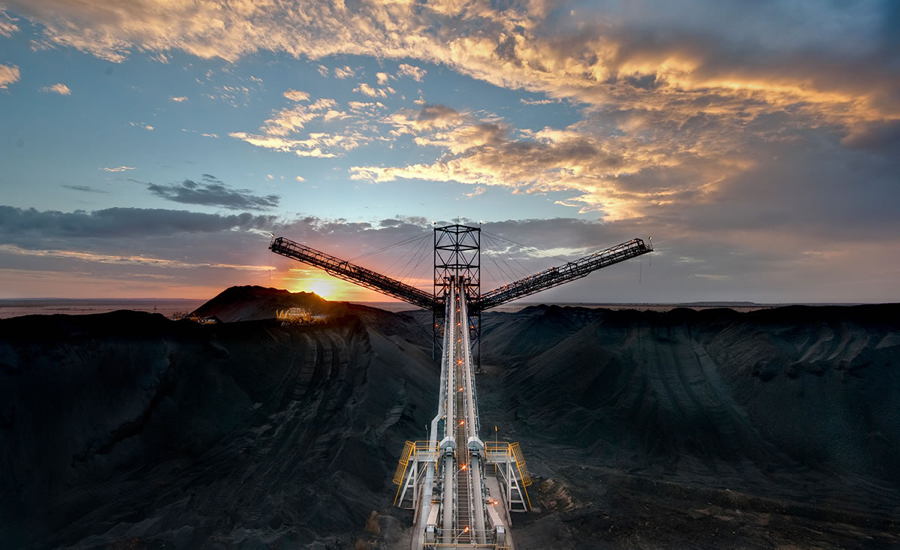

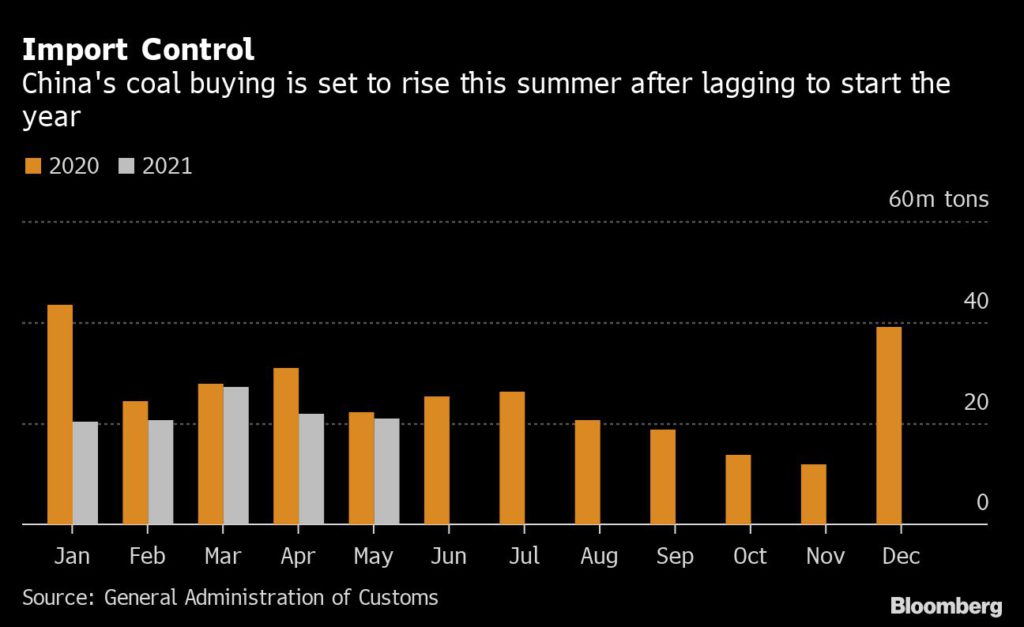

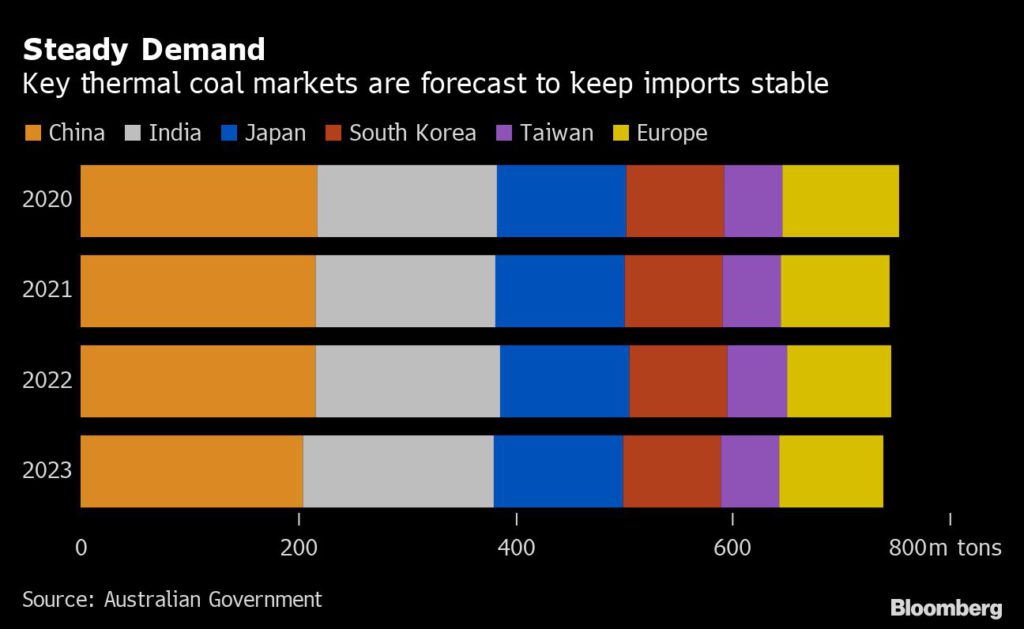
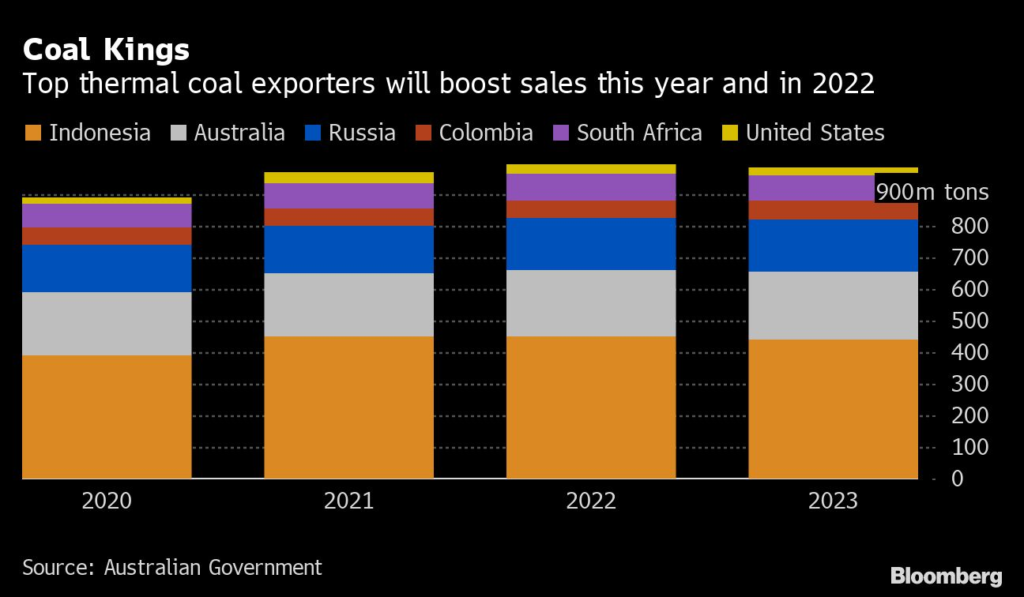
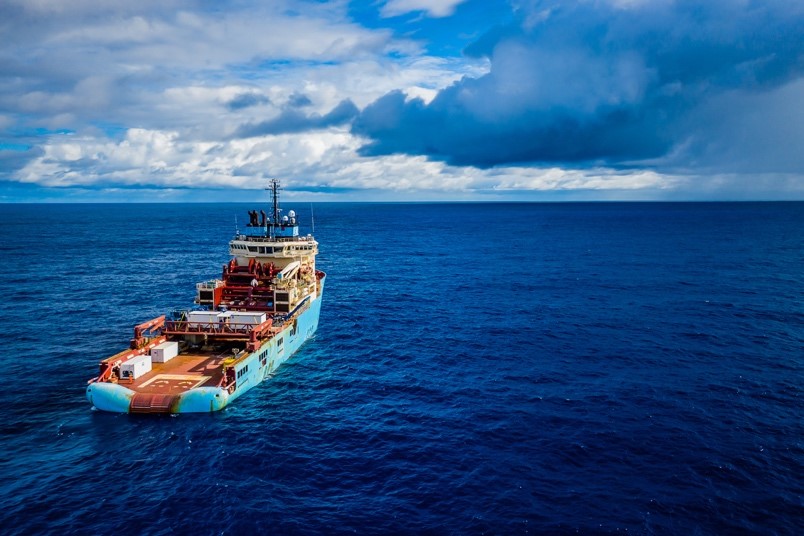
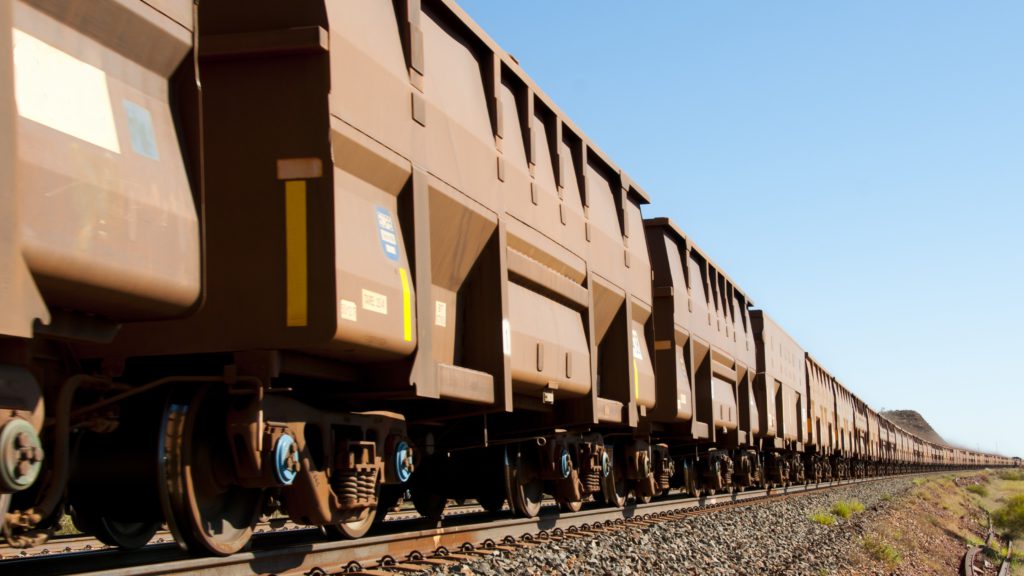
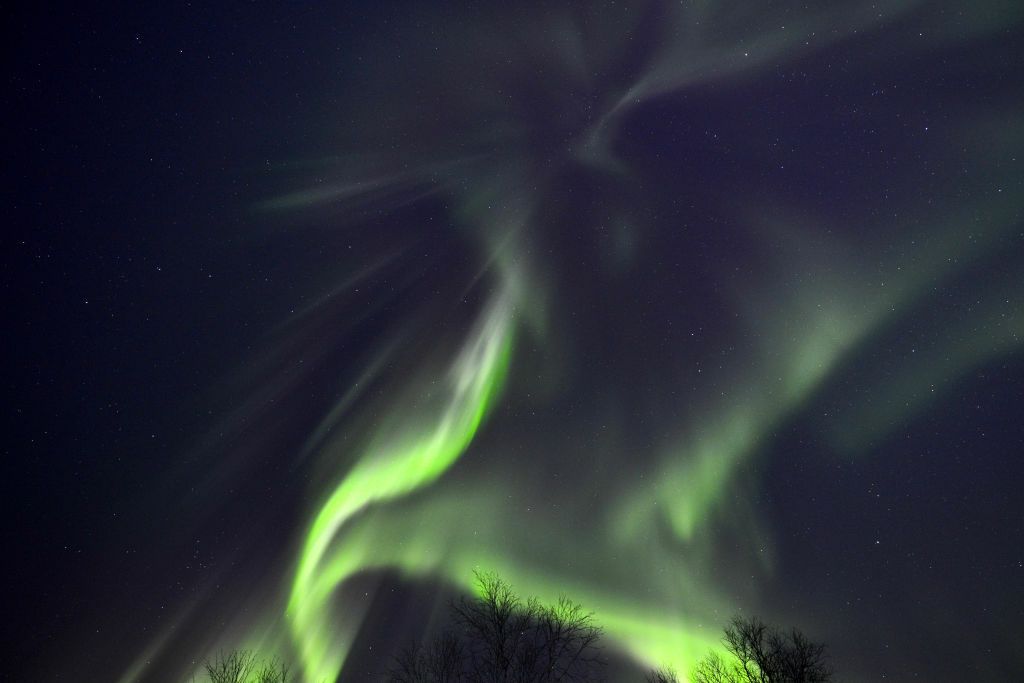


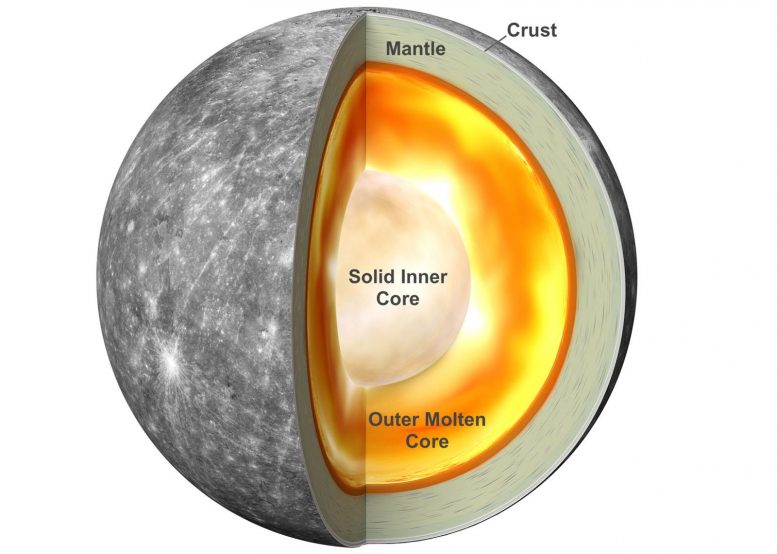

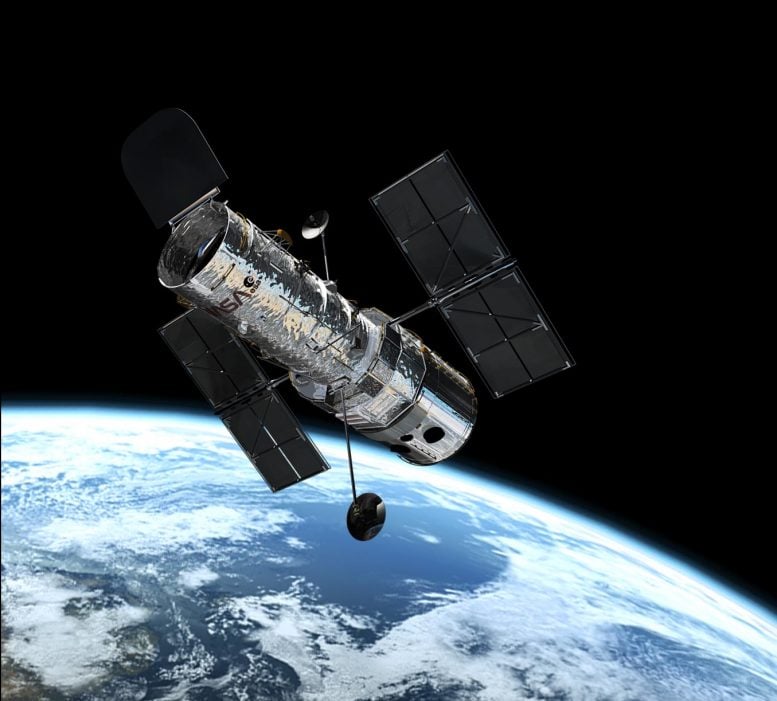


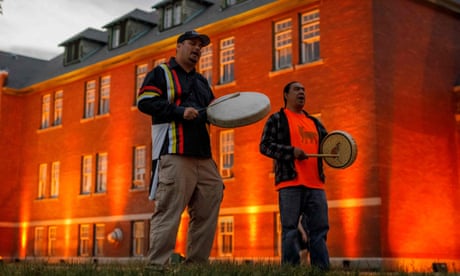

/cloudfront-us-east-1.images.arcpublishing.com/tgam/GVV3IUW43BD4DMBSVJAXAOXSS4.jpg)